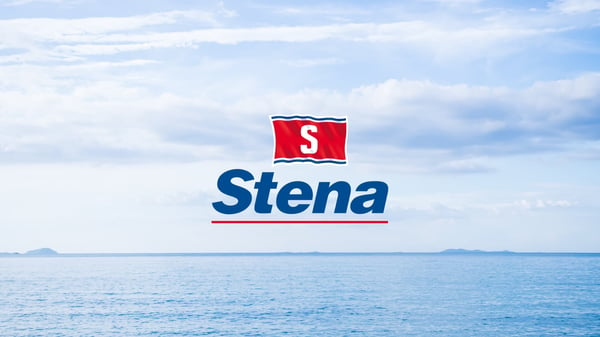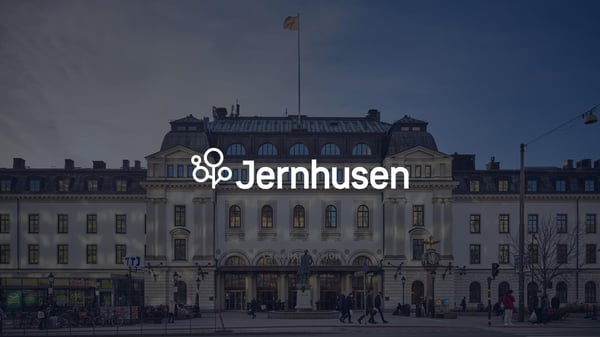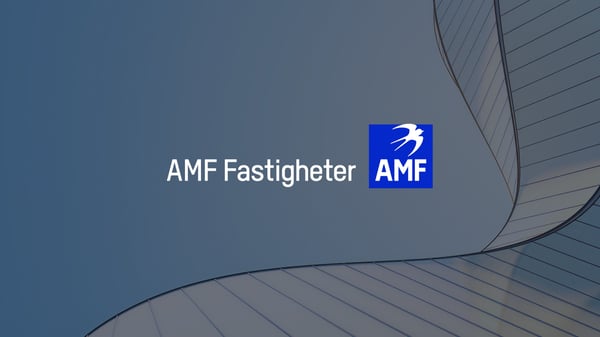Some companies help shape our urban environment in a very tangible way. Skandia Fastigheter is one such company. The real estate company owned by Skandia Liv manages a total of 132 properties worth SEK 67 billion, with a particular focus on the major cities of Stockholm, Gothenburg and Malmö. Every year, Skandia Fastigheter invests large sums in urban development projects.
Thousands of Suppliers
As a property manager, Skandia Fastigheter is dependent on good, long-term relationships with suppliers. This applies not least to construction, but can also include companies responsible for operations and maintenance, for example. The 180 employees handle a total of 2,200 suppliers, including 180 strategic framework agreements. There is also a high turnover of suppliers, many of whom are evaluated every year.
This raises the issue of sustainable supply chains, in a business characterized by high sustainability targets. How can a company with so many suppliers ensure that they meet the requirements of their value chains?
The Challenge in a Decentralized Organization
John Erup is a Procurement Manager at Skandia Fastigheter. With ten years of experience in purchasing, construction projects, management and environmental management at the company, he has an unusually good understanding of the challenges that the supplier issue brings. John and his colleagues at Skandia Fastigheter have structured their supplier management to promote innovation and ensure a sustainable value chain.
According to him, the challenges are not only linked to the number of suppliers. It is also about the complexity of a decentralized organization.
- Our purchasing philosophy looks a bit different compared to a classic procurement department. Our business model is based on decentralized responsibility in the organization. As a procurement department, we do not make physical purchases. Instead, it is done at business area level, which can be challenging in itself. Employees are used to having a lot of freedom of action, and the risk appetite and conditions can differ depending on the segment. Departments may have a different focus in their purchasing work. It is therefore important to have good cooperation with the support functions, including on the supplier side, to ensure a long-term approach.
At Skandia Fastigheter, a central task for the procurement department is to support the rest of the organization," says John.
- Our role in the procurement department is to ensure that the right conditions are in place. In the procurement department, we provide support in the form of efficient administration and assist with analysis that benefits their business, so they can do good business. Our support ranges from helping with strategic supplier management to framework agreements, templates, guidelines and tools to help business areas operate successfully.

John Erup, Procurement Manager at Skandia Fastigheter
Requirements Management Together with Stratsys
A particularly important issue for the procurement department is about setting the right requirements. About minimizing the negative exposure and risk management, both to the market and throughout the value chain. This is something that Skandia Fastigheter places great focus on.
- We set high standards, but what looks good on paper can be difficult to follow in practice. This is something we help our clients with, in both operational and strategic purchasing work. The most important thing for us is effective management and monitoring of the supply chain. But it is also important that we develop our buyers' skills.
John emphasizes the importance of setting reasonable requirements, which can be difficult given that processes differ between projects. In reality, for example, it is not possible to link everything to framework agreements. As a buyer, you need to identify where the risks are so that you can focus your efforts where they will do the most good. In this, procedures are key.
Skandia Fastigheter has long been working with risk management linked to its supplier management - a development work that has taken place in close collaboration with Stratsys. Previously, supplier management had to be done manually to a greater extent and with significantly lower accuracy than is now possible with system support and purchasing routines. There is also a better central purchasing perspective for supplier management.
A key issue when the current procedures were established about two years ago is about assessing risk in a reasonable way:
What are the risks associated with different areas and industries? These are questions we have been working on together with Stratsys for several years.
- What are the risks associated with different areas and industries? Where should we start? These are questions we have been working on together with Stratsys for several years. In this work, a key aspect is how we prioritize what the legislation says, for example when it comes to assessing impact requirements. In this, we look at different categories of suppliers, active and passive suppliers, as well as indirect suppliers," says John.
The Art of Living as You Learn
So what does Skandia Fastigheter's due diligence work linked to risk management look like in practice?
- Like other companies, we have a code of conduct. But it is at least as important to ensure that suppliers live up to it. Already a number of years ago, we created a routine for sustainability in the purchasing process together with Stratsys. It gives us a structure for how we work.
Like Stratsys, this risk model can be likened to a funnel.
We use the Stratsys due diligence model for risk management for all our suppliers. It gives us a very good follow-up.
- We use the Stratsys due diligence model for risk management for all our suppliers. In it, verification is the first step. We look at the financial status of the company, ownership structures and whether they have a legitimate business. In the screening, we work with warning lists and sanction lists. This is something we do all the time and gives us a very good follow-up.
- We also carry out risk analysis of the suppliers, using self-assessment questionnaires, known as SAQs, and spot checks. Via Stratsys, we can assess risks and take note of what has been filled in by the suppliers. Some suppliers may go on to complete SAQs, for example those who are high-risk suppliers. Then there may also be site visits and inspections.
System Support - Crucial
A crucial piece of the requirements puzzle is the issue of system support. For John, there is no doubt that system support plays a key role. As he puts it, effective system support makes it easy to do the right thing.
- The big advantage of a system support like Stratsys is that you can get a lot of things in place. It's a great help, not least because we didn't always have legal support when we started with supplier management. We get a very clear picture of how we want to work thanks to Stratsys. At the same time, there is always mutual development.
At Stratsys, they are experts, with a fantastic organization that can capture questions and take them further, which is nice.
- Stratsys is not just a system supplier, but a service provider, with breadth and flexibility. Instead of just delivering the system, we get help in identifying the risks, updating the data system, dealing with questions and making reasonable decisions. All this is absolutely fantastic. At Stratsys, they are experts, with a fantastic organization that can capture issues and take them further, which is nice.
Stratsys is also the tool for sustainability reporting, which is a big issue in relation to the parent company Skandia Liv. But above all, the system support ensures adequate work linked to due diligence in the value chain - on a daily basis.
The supplier audit in Stratsys is something we cannot do without.
- I log in daily to our supplier audit in Stratsys, where I can see all our active suppliers. It is something that we benefit greatly from and that we share with the organization, not least to create reports or as part of procurement. You can work in many different ways with the supplier review in Stratsys. It's something we can't do without," John concludes.
Do you want to know more about how Stratsys can help you in your due diligence work? Contact us and we will be happy to tell you more. You can also read more about Stratsys Due Diligence solution here.



